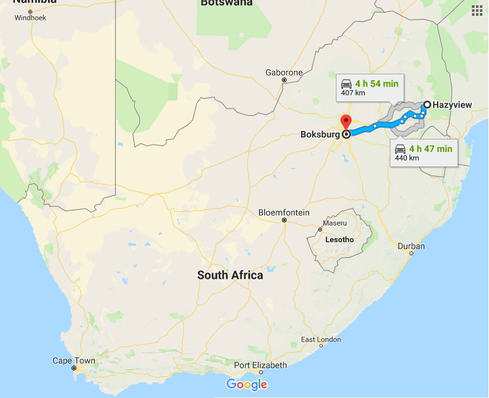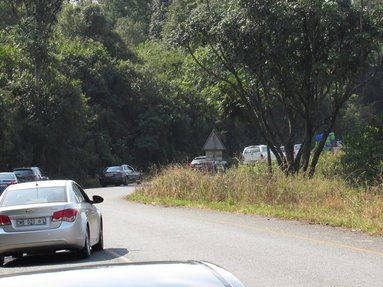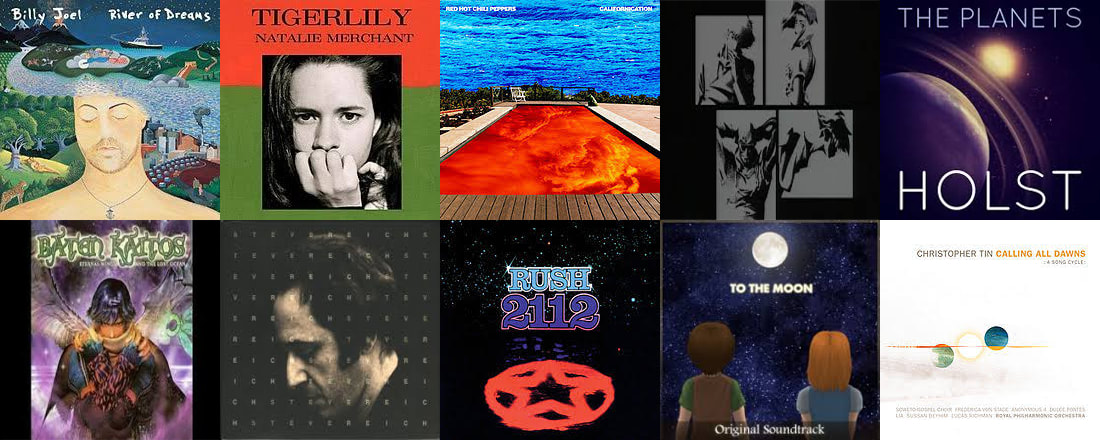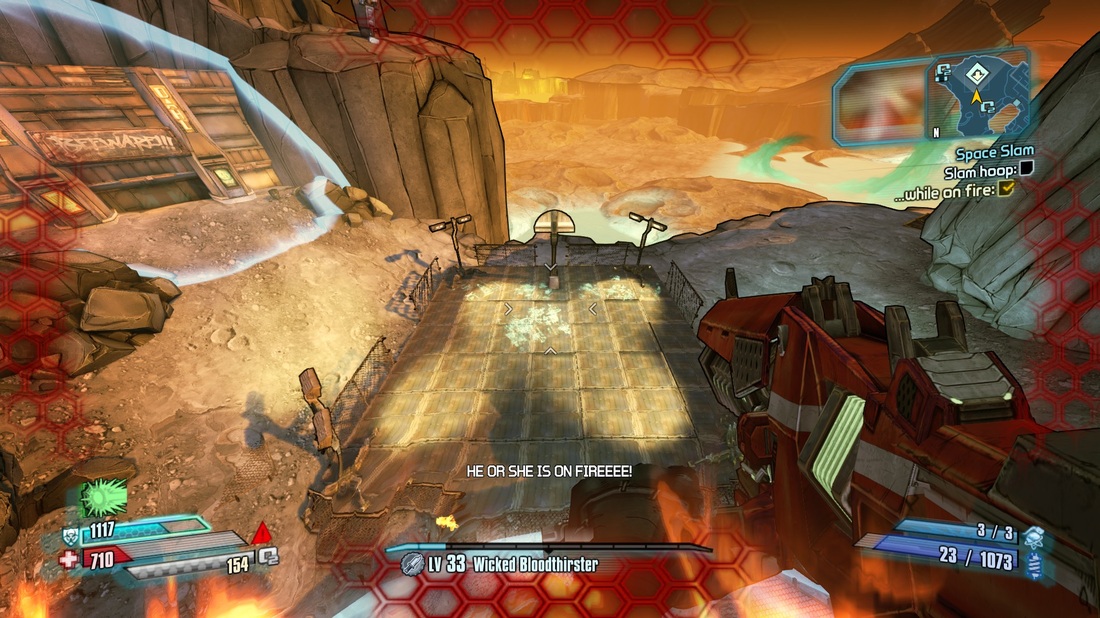This is inherently difficult. As a composer, as a performer, as a person trying to convey a thought. Even having just one person, yourself, myself, try to tell a consistent story is hard. Add others to the mix, with our own experiences, thoughts, strengths and weaknesses, motives, and tools. It's a wonder we come together with a coherent message by the end. It's hard.
But I argue that's what makes this great. Striving for a great performance.
Recently, at a rehearsal the night before a concert, I was approached with two ideals working on two different pieces. These kind of outline the two major ways I can see people approaching music, so it's always fun to see these present themselves so close to one another.
One Truth
On one hand, we kept stopping after hitting a certain part in a piece where not everyone was in agreement for where the pulse was. We'd all play around a certain part, and there was definitely some dissonance in our playing, if not in harmony then in time. After a bit of shedding, one of the group says:
“It's good that we're able to play through that part and end up together, but I really wanted to get a run where we all nailed it.”
When I was in college training to be a professional musician, I would have agreed with this sentiment. The perfect run. It's what we all strive for as musicians. A immaculate capturing of the piece as it is notated. The composer knows best and they want it exactly as it was written. We want it to sound like that.
Fun part about notation is that it doesn't make sound. You can't hear notation. Interestingly, this one member has played this piece before. We've been using a recording of his when we've been approaching the piece. So I wonder, are we aiming for what is notated? Or are we aiming for what it sounded like when it was performed before? The rest of us are building our story, what the piece sounds like and means to us. We want to push and pull our phrasing and hear things happening at points that the others don't.
This group is not the group that played it before. The performance we use is a reference point to what 4 people interpreted the piece as many years ago. This group is not that group. And not being the same people comes with not having the same experiences, goals, and motives for playing this piece. This group's collective perception of perfect is different. Striving for what was done before is strictly not possible. If we wanted to convey that, the audience could listen to the recording instead.
Telling a Story
On the other hand, we are playing a piece with a guest artist and composer. She recognizes that we're not playing with the energy that we had been toward the beginning of rehearsal. This has been a pretty long day and everyone is becoming mentally taxed. She decides to tell us stories of how the music came to be written.
We all take a break from playing and just listen. She walks through the piece and tells us of her motivations, beyond the notation. The sounds of crowds cheering and chanting, of samba groups in the street, of capturing what she gathered as the positive force of energy surging through this community of people. This resonates with people. It resonated with us. The next time we play, we're not trying to play notes, we're trying to tell a story.
This is still difficult. The story is experienced by one person, and that story makes no sound. But humans are really, really good at interacting with a story. More than just directions, which is arguably what notation is. It gives you a map of what the music is structured like, but it offers no story. While it's insanely difficult to get more than one person to tell a story in the same way, being able to attach the energy that inspired the piece to the notes goes a long way to agreeing on where that energy goes.
She also said, and I like this:
“Notation is a wonderful thing. It really is. I love notation. But there's only so much it can do. We don't need humans to play notes. We need humans to make music.”
And that's kind of gets at the core of what this ideal of perfection in a performance is. While it doesn't say exactly what I'm thinking, it strongly hints at it. If there were a perfect way to play something, why is a human necessary?
There is no perfect performance.
Telling Your Story
Okay, so what are we striving for then? What was I spending all this time trying to learn this thing as the composer intended for? What's the purpose of it all?
I'd argue that you need those skills. You need that time. When you get to a point that you're working on music you're choosing, you do it because you hear something that resonates with you in someone else's performance of that music. You want to take that piece and play it too. But there's more to it that just playing it. With everything I've chosen to play, I want to play it my way, with others whose experiences I want to infuse with my own into a collective narrative. I want to share a version of this music with the audience that only exists when we play.
I want to tell a story. Our story. My story.
I think this goes beyond music. When you understand your tools, your motives, your goals, you can start to find ways to put your own spin some existing work, model, or structure. One of my favorite thoughts with this applies to reading books. The author may put those words to paper, and they are telling their story, but it largely, if not completely, leaves their hands once it's released. Those characters become the reader's characters. Those settings become the reader's settings. That story becomes the reader's story. Their experiences will reflect differently on that structure than the author's, and that's amazing.
A Mirror
It occurs to me that creative medium, especially those consumed and performed by others are special. When you start, they're always encased in stone. You're reading what's strong enough to see through that hard surface.
You eventually get to a point where your skills allow you to pierce the rock. You see more than just the name of the creator of that piece. It's soft like sand and you see more of the words, more of the faces, more of the meaning.
As you hone your skills and learn to look at the piece with nuance, you're able to brush away the dust without changing the piece underneath. You can see that there's a picture there. You can look at it for days, in awe of all these vivid details that have long gone unnoticed.
Then one day, you feel skilled enough to move this piece. You have to show others. And when you do, when you move it for the first time, the picture moves. This has never been a picture. It's a mirror. Engraved with the details of the piece. But how much it pops, where it's subtle, where it's big and small, light and dark, is completely dependent on how you're looking at it. Every angle, every setting, every person will see it differently, will share it differently, will experience it differently. Each of these provides a new and fascinating perspective against that engraved surface. No one of them the same. No one of them greater than the rest. All of them wonderful in their own respect.
And knowing that, to me...is perfect.







 RSS Feed
RSS Feed
